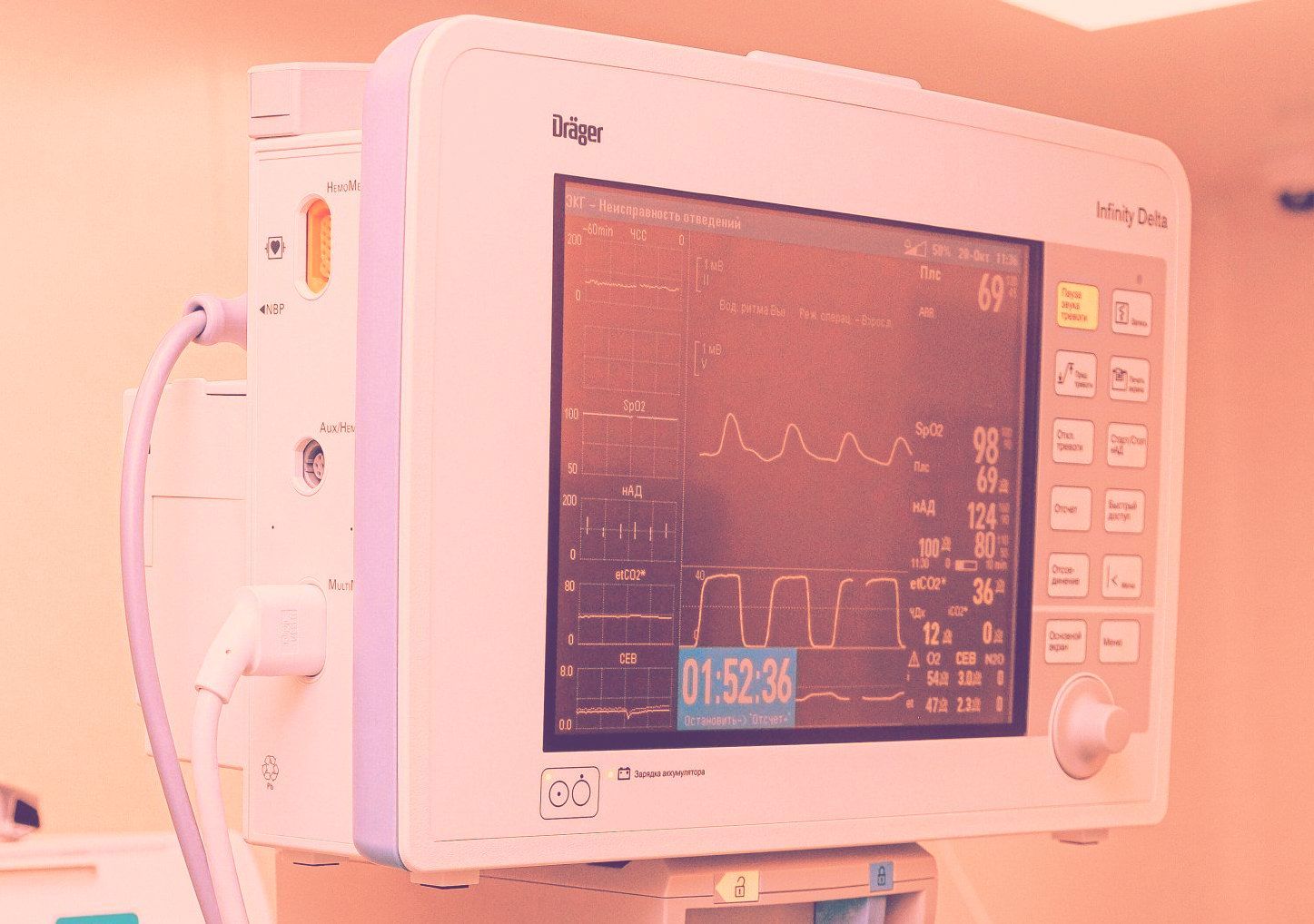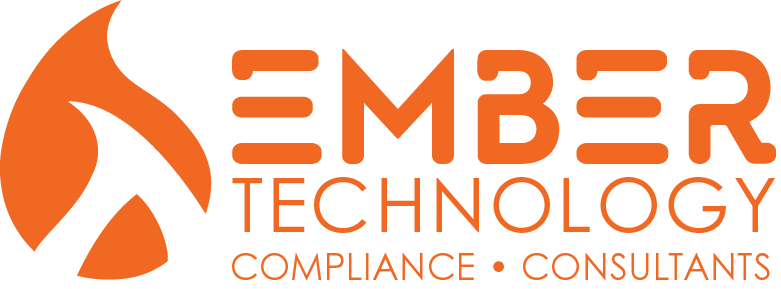Health Insurance Portability and Accountability Act (HIPAA):
What it is and what it means for the Healthcare Industry
HIPAA: HOW CAN WE HELP?
We know that achieving HIPAA compliance can be a daunting task, particularly for small and mid-sized businesses in the healthcare industry. That’s why we offer a range of services designed to help businesses of all sizes meet the requirements of the HIPAA Security and Privacy Rules. Our team of compliance experts has extensive knowledge of the latest healthcare technologies, as well as a deep understanding of HIPAA regulations, allowing us to provide tailored solutions that meet the unique needs of each of our clients.
Your practice can benefit from our comprehensive compliance readiness assessments and gap analyses, as well as guidance on the implementation and management of technical security controls necessary for HIPAA compliance. Additionally, we provide ongoing monitoring and reporting to ensure that our clients' systems remain compliant with the latest HIPAA regulations and that any changes to the standards are addressed promptly.
As part of our commitment to providing our clients with the best HIPAA compliance solutions, we continually invest in the latest healthcare technologies and best practices. Our goal is to provide the best possible HIPAA compliance solutions to our clients, and we strive to keep up with the latest technology and best practices.

HIPAA SERVICES: WHAT DOES A COMPLIANCE PLAN LOOK LIKE?
PHI risks analysis and management
- Assessment of PHI breach risks.
- Developing a risk mitigation plan.
HIPAA policies and procedures review and improvement
- Analysis of existing security policies and procedures.
- Improvement recommendations.
- Design of missing policies
Security assessment of software and IT infrastructure
- Network architecture assessment.
- Vulnerability assessment.
- Penetration testing.
Securing IT networks
- Designing a secure network architecture.
- Installing and configuring firewalls, anti-malware, IDS/IPS.
- Implementing SIEM.
- Implementing identity and access management.
- Regular security assessments of the IT infrastructure involved in operations with PHI.
Want more information?


Ember Technology
Powered by Soteria Technology Solutions

